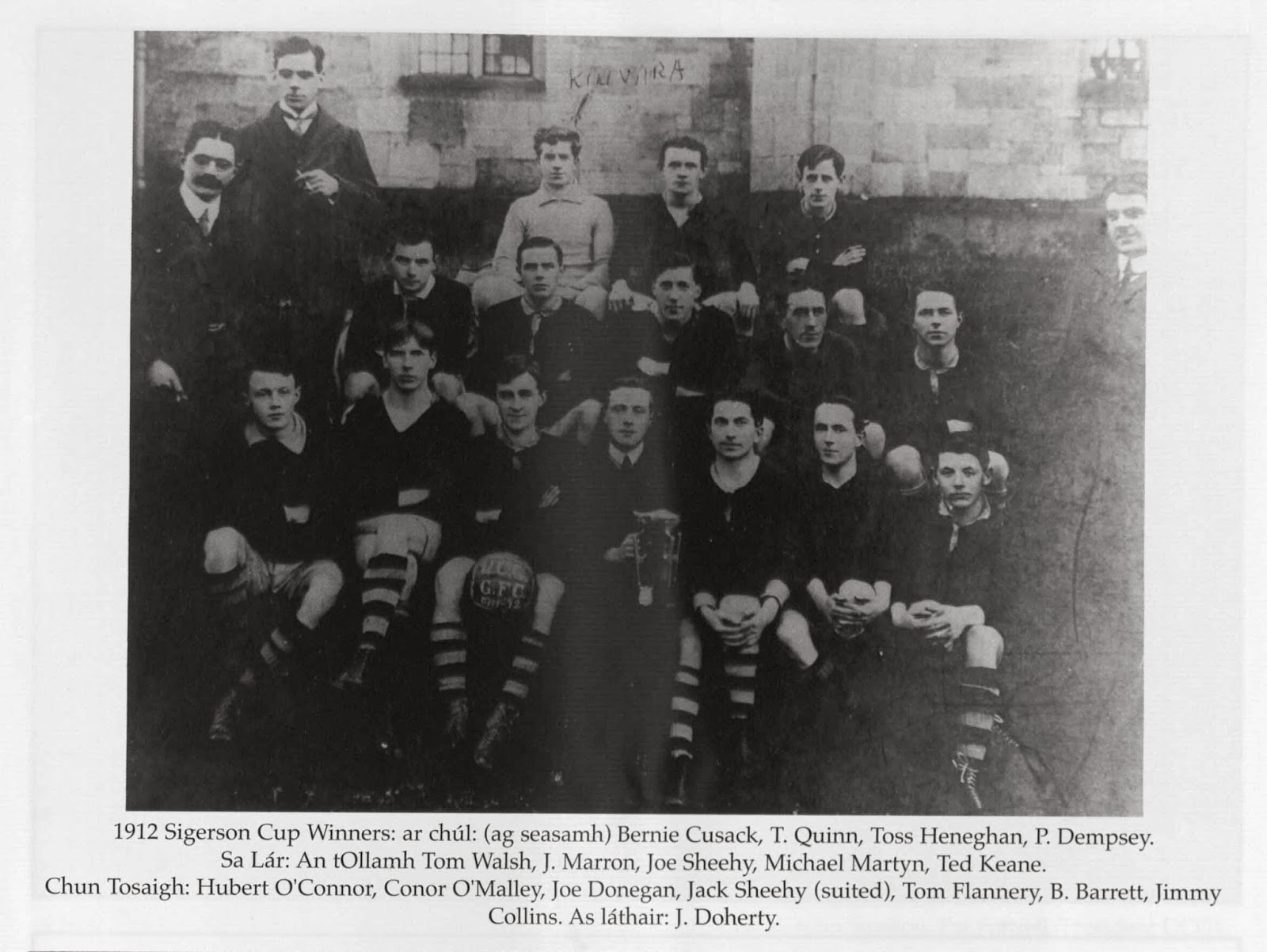If this particular time of year
makes one appreciate a good love story all the more, then the story of James
Joyce, Nora Barnacle, the death of a young man and a mix of poetry and the
greatest short-story ever written surely makes this a suitable and timely tale.
Moving from Galway city and areas
such as Rahoon to Dublin City on the feast of the Epiphany, the story of love
and loss is retold through a blurring of reality and fiction. Manuscripts here
at the Hardiman Library add much to the telling of the story.
Among the Special Collections is
a limited edition manuscript copy of Pomes
Penyeach, a book of poems hand-written by James Joyce, printed on Japanese
silk paper and hand illustrated by Joyce's daughter, Lucia Joyce. Published
by Obelisk Press and sent to the Hardiman Library directly by James Joyce in
1935. Obelisk press was run by Run by Jack Kahane, an admirer of Joyce’s work, and
Desmond Harmsworth.
Editions were signed by Joyce and
offered for sale at £12. Joyce sent copies to other authors and connections in
the publishing world. His letter to the Librarian at University College Galway notes
that copies were also deposited in the British Museum Library and the
Bibliothèque Nationale in Paris, France.
 |
| Inscription by James Joyce |
Joyce’s letter to Prof. John
Howley, University Librarian of U.C.G., was written in August 1935 and in it he
indicates that his uncle-in-law, Michael Healy, had requested him to send a
copy of the special edition of Pomes
Penyeach to the Library. Joyce states that he was doing so not only because
the illustrator was a “grand-daughter of Galway” and the bearer of one of the
ancient tribal names but also as a token of appreciation of the support he had
received over the years from Michael Healy himself.
 |
| Letter from Joyce to UCG Librarian, 1935 |
The story takes a twist when one
looks at the poem, 'She Weeps Over Rahoon'. The wall of the graveyard in Rahoon
now bears a plaque bearing an inscription of the poem. The graveyard also holds
the family vault of the Bodkin Family of Galway and in it lies the remains of
17 year-old Michael Bodkin, who prior to his early and untimely death was the
boyfriend of the young Nora Barnacle. Nora, of course would later be the love
of James Joyce.
 |
| Example of illustration in 'Pomes Peanyeach' |
 |
| 'She Weeps Over Rahoon' - Rahoon Graveyard |
In 'The Dead', Joyce's
masterpiece finale to his volume of short-stories, Dubliners, the character of Gretta Conroy mourns still the death of
her young lover, also named Michael, and who died many years previously in
Galway. In a powerful climactic scene of the film version of 'The Dead',
directed by John Huston, Gretta (played by Anjelica Huston) tells for the first
time to Gabriel (Donal McCann) of her past love for Michael Furey:
"O, I am
thinking about that song, 'The Lass of Aughrim'. . . I am thinking about a
person who used to sing that song . . . I think he died for me."
 |
| 'The Dead' - from the Huston Archive |
 |
| Script cover page - 'The Dead' - from Huston Archive |
.jpg) |
| Scene of revealing of past love for Michael Furey - 'The Dead' From the Huston Archive |
Scholars have debated that this
Michael Furey is indeed the same Michael Bodkin who was in love with and loved
by Nora Barnacle and whom Joyce had written into the story "The
Dead". What is for certain is that this is truly a gripping and masterful
story, a love story of reality and fiction.
The Huston archive online exhibition is available here
For more on the Archive and Special Collections of the Hardiman Library please click here.





